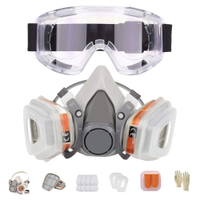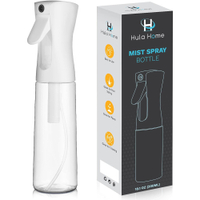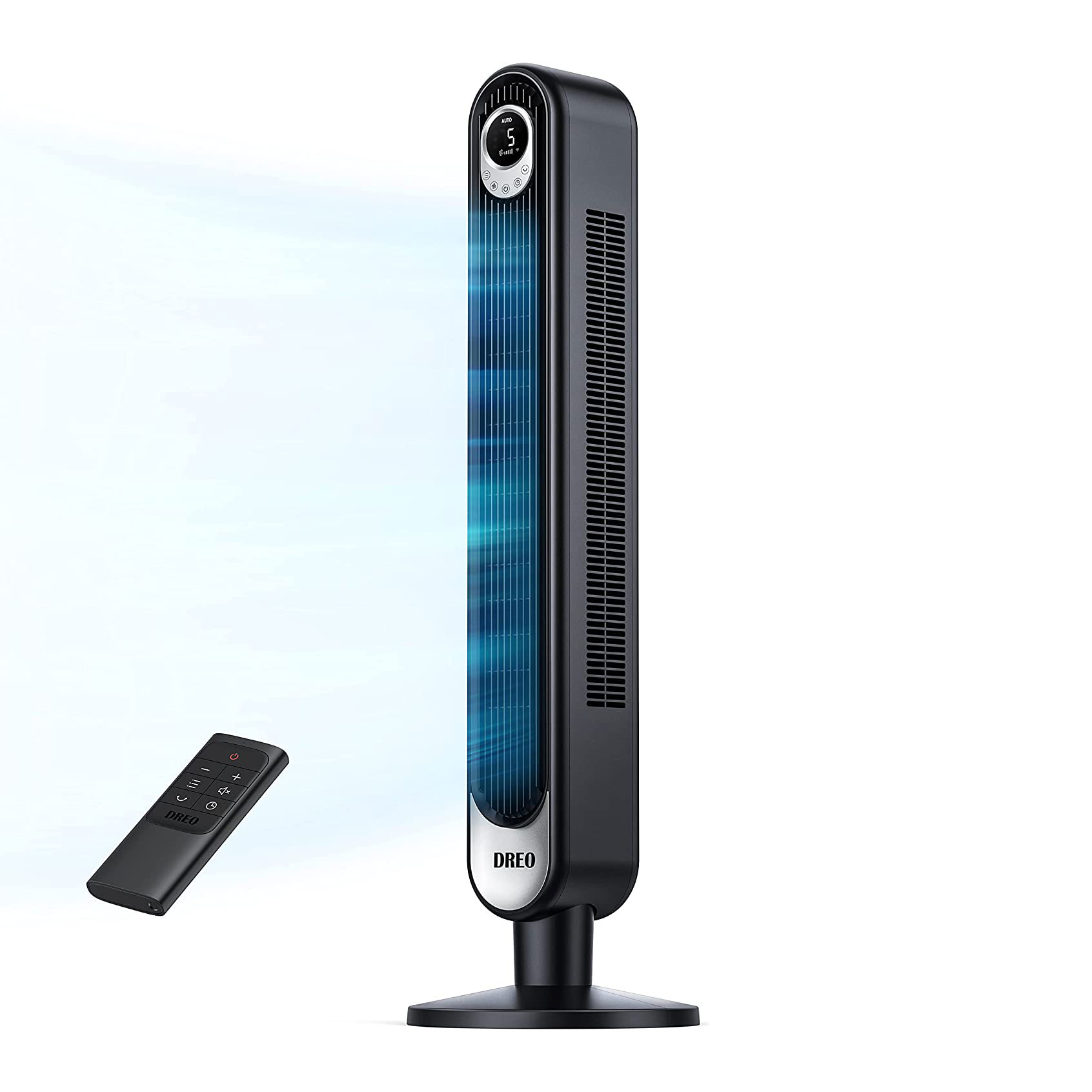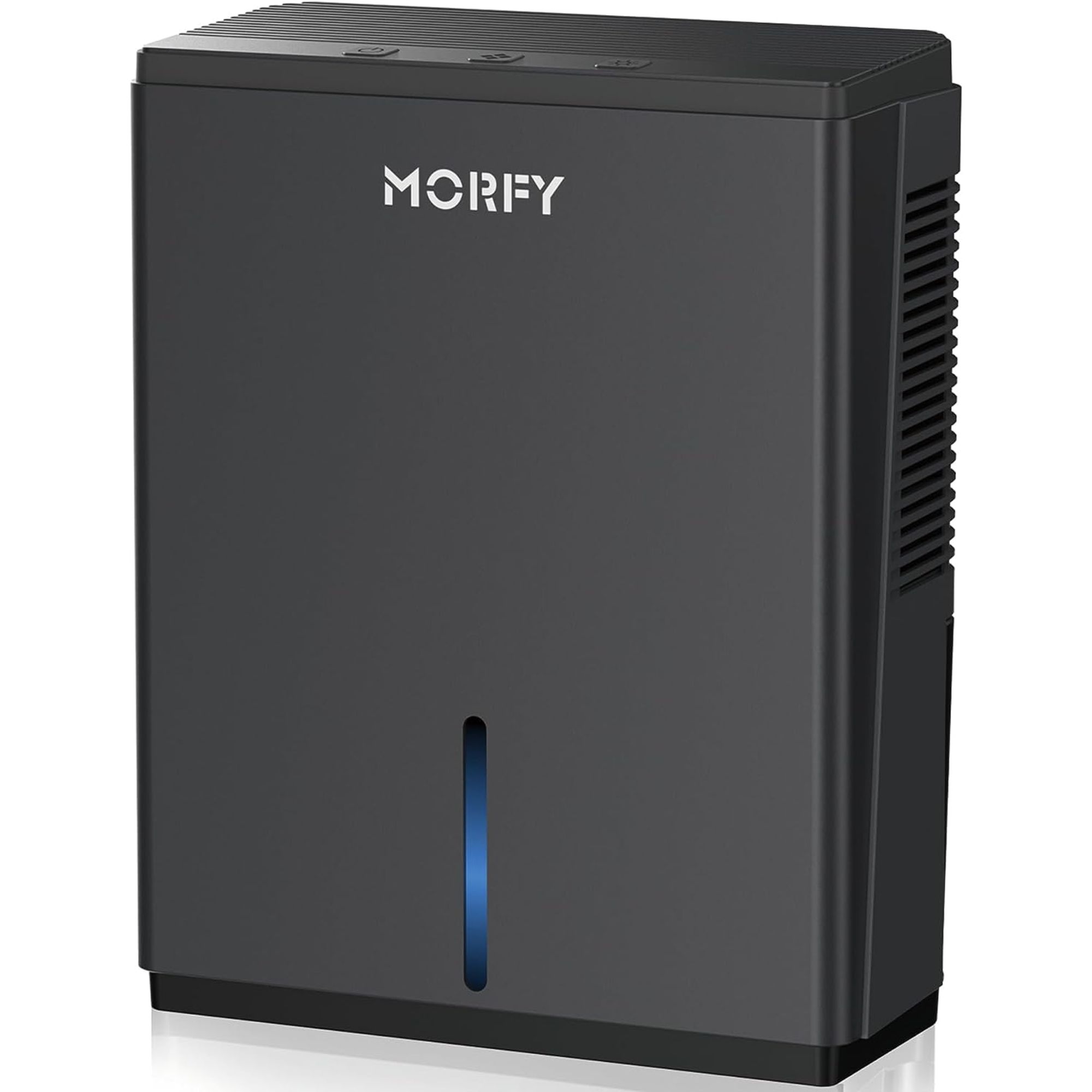How to get rid of mildew – 6 expert tips to prevent its return
Removing mildew requires a multi-step approach – here's how to identify the source and clean it from any surface
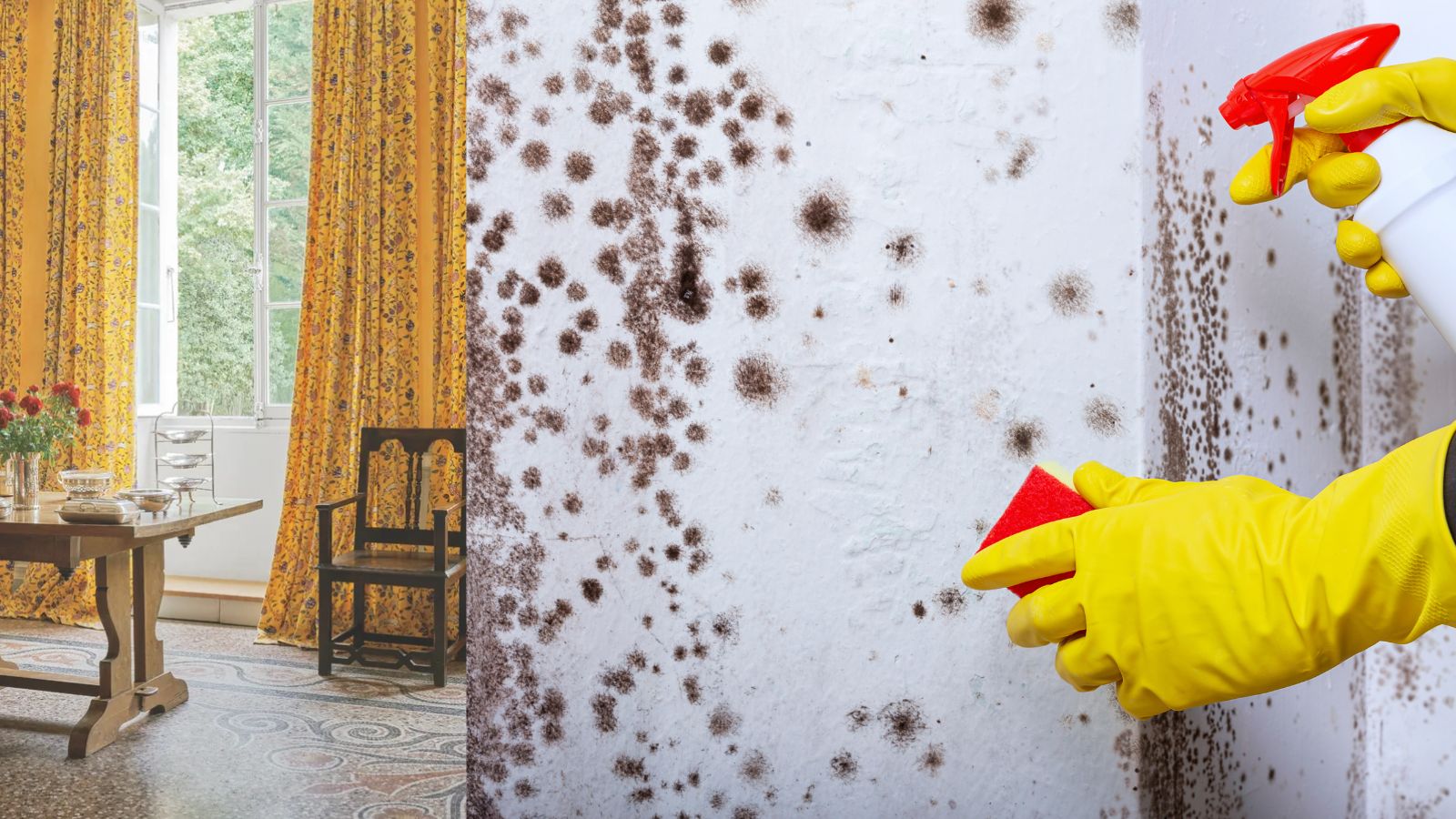

Dealing with mildew in your home is essential for maintaining a healthy living environment and ensuring the longevity of your home's interior surfaces.
When comparing mold vs mildew, the good news is mildew is far less aggressive and easier to remove. However, this must still be done as soon as possible to prevent any health or structural issues. So if you've noticed a musty smell in your house or seen mildew growth, it's time to take action.
Getting rid of mildew is about more than using cleaning tips; it involves tackling the root moisture issues and ensuring your home is not a hospitable environment for it to grow. Our experts have shared not only how to identify and remove mildew but also the steps you must take to mildew-proof your space to prevent it from returning.
How to get rid of mildew
Spotting the signs of mildew in your home is crucial for maintaining a healthy living environment.
Mildew typically appears as small, fuzzy, patchy spots that are often white, gray, or yellow. It is often found in dark, damp areas with high humidity or poor ventilation, such as bathrooms, kitchens, basements, closets, and around windows.
Closely inspect areas that are prone to moisture. Check for any damp or moist surfaces, as mildew thrives in these conditions. Look for discoloration on walls, ceilings, fabrics, and grout lines. Additionally, one of the first signs of mildew is a musty odor, which can indicate the presence of mold even before it becomes visible.
Reusable Face Cover Set | $19.99 from Amazon
Wear the appropriate safety equipment like gloves, goggles, and masks when you are dealing with harmful substances like mildew.
1. Identify and dry out the sources of moisture
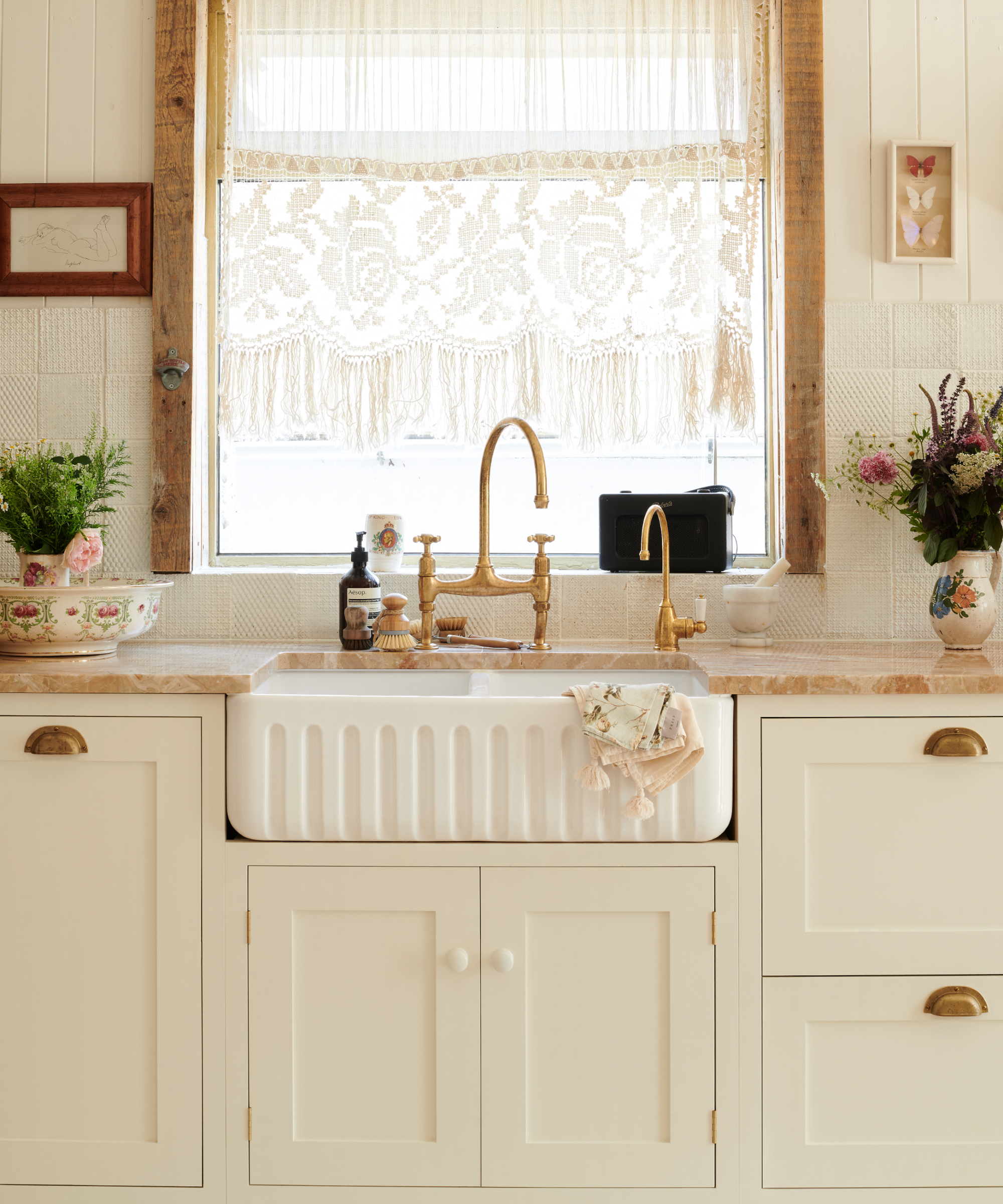
Pinpointing the factors that foster mildew growth in your home will allow you to tackle the root of this problem to eradicate this issue permanently. This may also reveal more significant issues within your home, such as a burst pipe or a damaged roof.
Mildew growth is predominantly due to excess moisture. This could be caused by anything from leaks in roofing, plumbing, or around windows, too high humidity, items being stored before they are completely dry, or poor ventilation in areas prone to dampness, such as bathrooms, kitchens, and basements.
Once you've identified the source of moisture, dry out these areas. Use dehumidifiers and fans to reduce the humidity levels. Repair any leaks, stop condesation on windows overnight, and adopt daily habits for a mold-free home, such as turning on exhaust fans after showering or cooking, and ensuring items are dry before putting them away.
2. Expose objects to sunlight
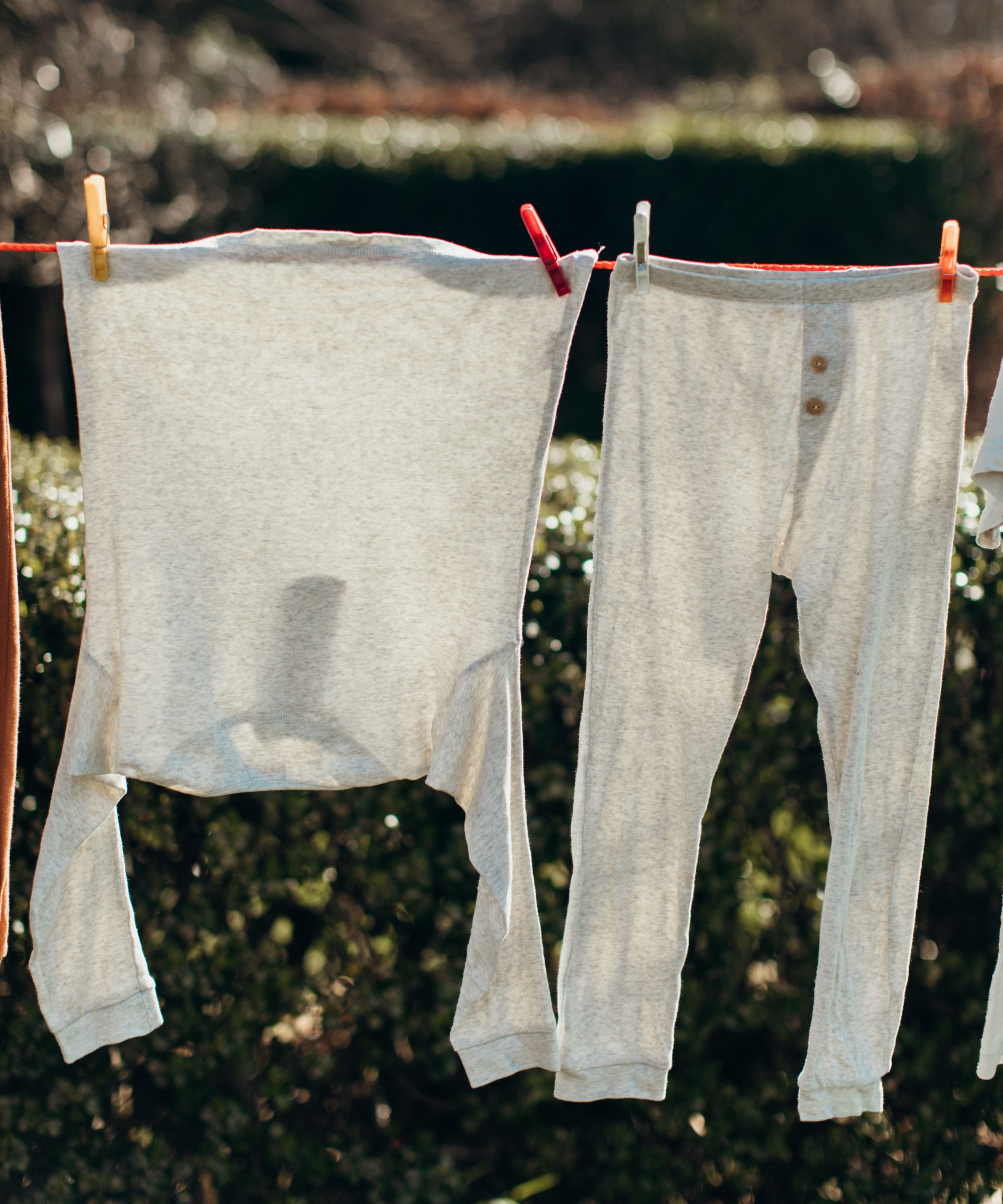
Sunlight and airflow are two big enemies of mildew. If you take items out of storage and find that they smell musty, one of the best things you can do is unpack them and leave them out in the sun on a bright, clear day. The sun's natural bleaching properties can help to kill mildew spores.
3. Clean the mildew
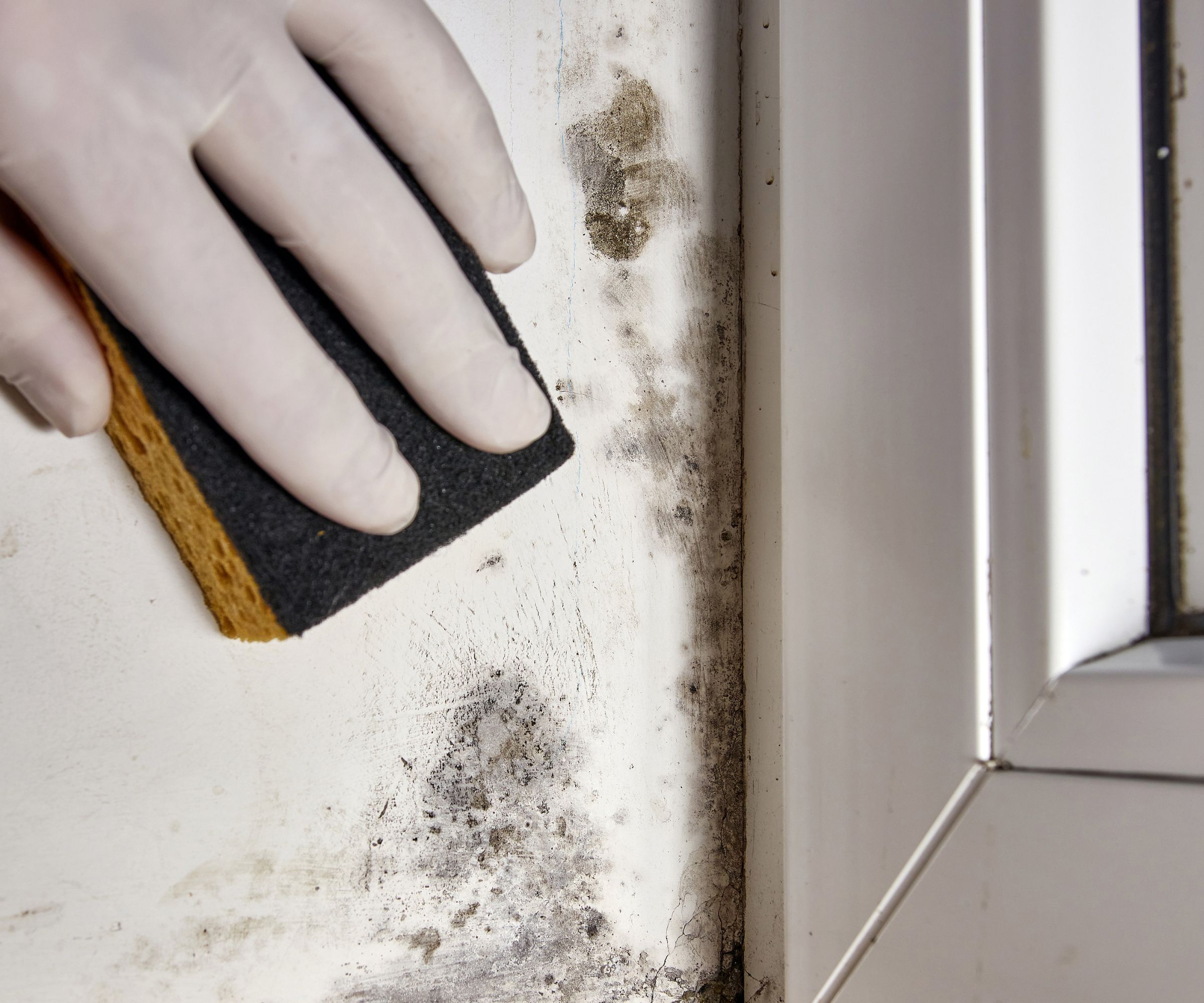
Mildew can be relatively easy to clean from most surfaces. Unlike mold, it tends not to penetrate surfaces, so it can often be removed with simple cleaning solutions and techniques.
However, for porous surfaces, such as fabrics or drywall, consider professional cleaning or replacement, as mildew can penetrate these materials deeply.
Use a mold-killing solution
'For surface cleaning, such as cleaning mildew around windows, eco-friendly options like vinegar, hydrogen peroxide, or commercial mildew removers can effectively eradicate mildew without harsh chemicals,' advises Emily Adams, founder of NW Maids. Bleach can also be used for stubborn mildew stains, but be sure to take proper safety precautions, such as wearing gloves and ventilating the space. These products can be diluted with water to create a spray to kill mildew.
Fabrics with mildew growth can be soaked in a solution of oxygen bleach, baking soda, or vinegar mixed with water, which helps to neutralize and eliminate the mildew from the fabric.
Getting the correct ratios is important for effective cleaning without damaging surfaces and materials. Depending on the cleaning solution you opt for, use the ratios below as a guide:
- 'For non-porous surfaces, you can clean mildew using a solution of one part bleach to three parts water,' recommends Emily Adams.
- 'When cleaning with vinegar combine about a cup of distilled white vinegar with a cup or more of water to dilute the vinegar.'
- Create a spray with three parts water to one part peroxide.
- Use 1/4 cup of oxygen bleach per gallon of warm water to remove mildew from clothes.
After applying the solution to the affected area, give the solution some time to work on killing the mildew. Let it rest for at least 15 minutes, leaving it longer according to its severity and the intensity of the cleaning solution.
Hula Home Continuous Spray Bottle | Was $14.99, now $7.99 at Amazon
Scrub and rinse away the mildew
Use a soft-bristled brush or a non-abrasive scrubber to clean surfaces affected by mildew.
Then, take a clean cloth, damped with water, and rinse the cleaning solution away.
Repeat the process of spraying, scrubbing, and rinsing until the mildew is entirely gone.
Dry the surfaces
Make sure to dry the surfaces thoroughly, removing excess moisture with a clean towel and air dry it to prevent mildew from returning. If possible, sundry items. You can also use fans and dehumidifiers to speed up the drying process.
4. Monitor humidity levels
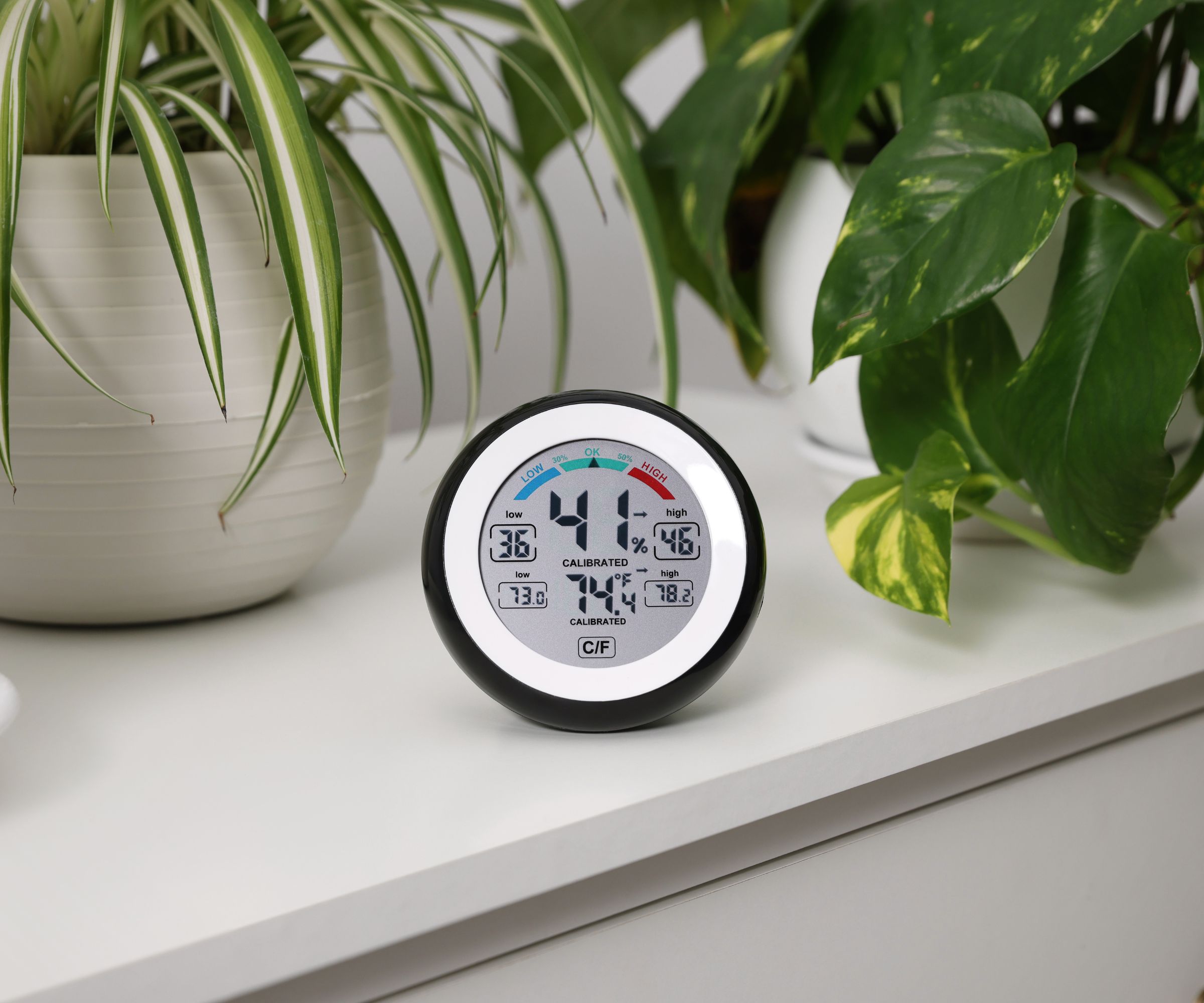
Implementing preventative measures is just as important as getting rid of the mildew, as it can easily return otherwise. For example, to inhibit mildew growth, it's essential to keep indoor humidity levels between 30% and 50%.
To maintain the best humidity levels for your home, monitor humidity levels using one of the best dehumidifiers that allow you to monitor moisture levels or, hygrometers (inexpensive devices available at most hardware stores). We recommend these two mini hygrometers, from Amazon.
When humidity is higher than 50%, you can use air conditioners or dehumidifiers to reduce your home's humidity.
5. Use air purifiers
'Air purifiers with HEPA filters can help reduce spores from the air, contributing to a healthier indoor environment,' explains Josh Mitchell. 'This is especially important in rooms where moisture levels are challenging to control.'
We recommend this Shark air purifier with HEPA filter from Amazon.
6. Improve ventilation
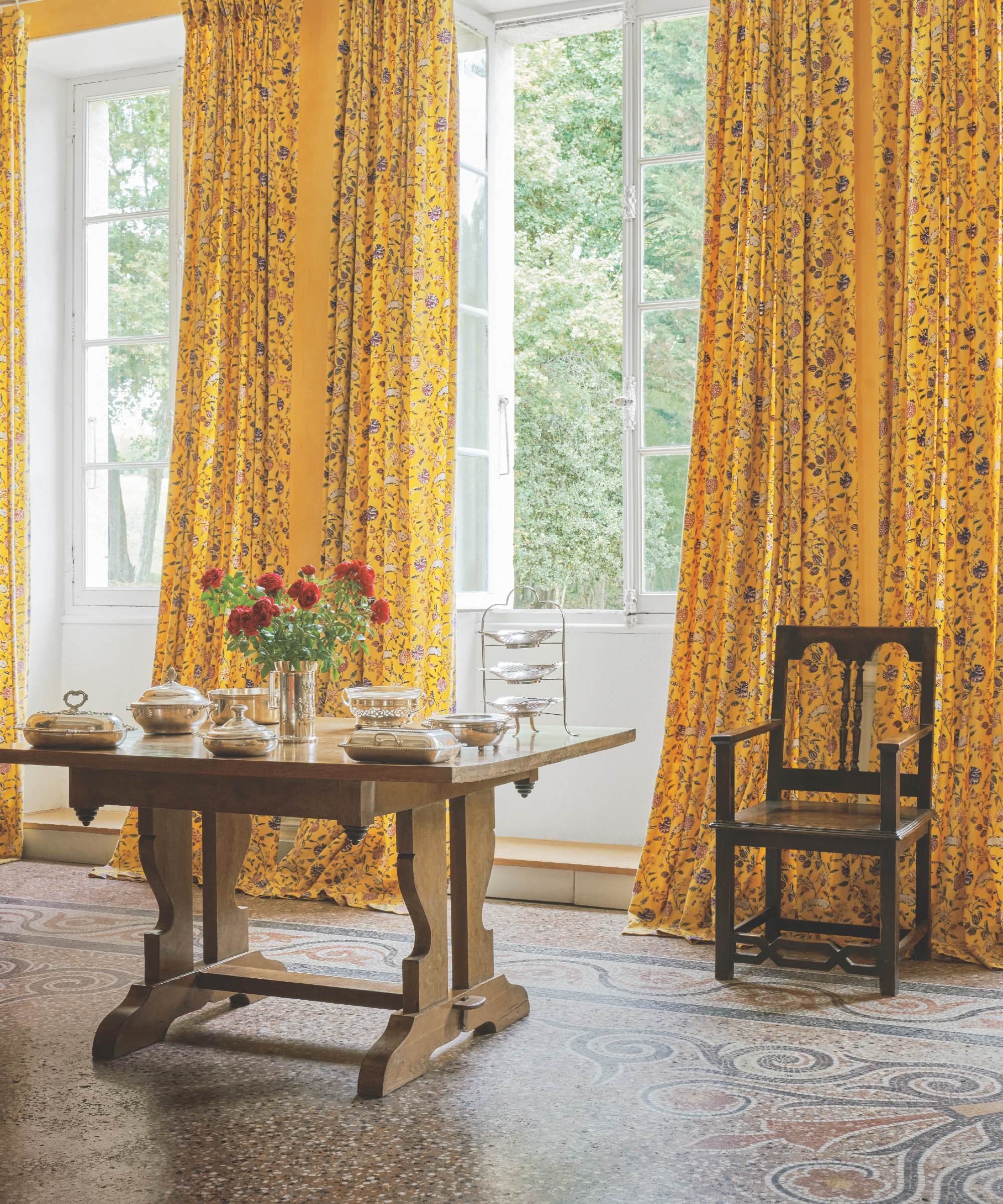
'Proper ventilation is key to preventing mildew,' says Josh Mitchell. 'Use exhaust fans in high-moisture areas and ensure your HVAC system properly functions.
'Regular maintenance of your HVAC system, including replacing air filters and cleaning your HVAC, can also significantly improve air circulation and reduce humidity levels.'
Since mildew can penetrate below the surface of porous surfaces, if you have such items in your home and want to protect them, Emily Adams advises: 'Sealing porous surfaces like grout or wood can inhibit mildew colonization.'
In severe cases of mildew, or if the problem persists despite thorough cleaning, it's essential to consult a mold remediation specialist. These experts can assess the situation, identify the root cause, and propose long-term solutions that may be more complex than typical DIY methods, ensuring your safety and the effectiveness of the solution.
Sign up to the Homes & Gardens newsletter
Design expertise in your inbox – from inspiring decorating ideas and beautiful celebrity homes to practical gardening advice and shopping round-ups.

Lola Houlton is a news writer for Homes & Gardens. She has been writing content for Future PLC for the past six years, in particular Homes & Gardens, Real Homes and GardeningEtc. She writes on a broad range of subjects, including practical household advice, recipe articles, and product reviews, working closely with experts in their fields to cover everything from heating to home organization through to house plants. Lola is a graduate, who completed her degree in Psychology at the University of Sussex. She has also spent some time working at the BBC.
-
 How to clean a patio – 6 different methods, and when you must use a chemical cleaning agent
How to clean a patio – 6 different methods, and when you must use a chemical cleaning agentFrom manual scrubbing, natural solutions or calling in the pros, industry experts reveal the benefits and considerations of each method
By Andy van Terheyden Published
-
 Kris Jenner's favorite air fryer, the Ninja Crispi, is the perfect small kitchen solution – it deserves a place on the most compact of countertops
Kris Jenner's favorite air fryer, the Ninja Crispi, is the perfect small kitchen solution – it deserves a place on the most compact of countertopsKris approves of this compact yet powerful air fryer, and so do our own kitchen appliance experts, praising it for its multifunctionality
By Hannah Ziegler Published
